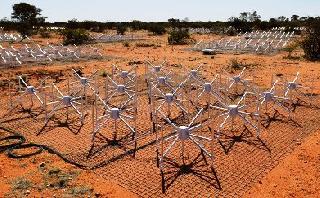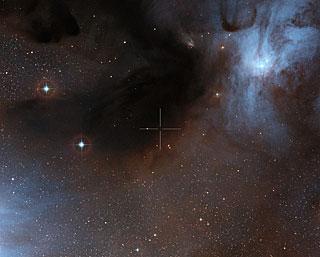
The Murchison Widefield Array (MWA) is a low frequency Precursor to the Square Kilometre Array, developed by an international consortium, and located in Western Australia. Photo: www.mwatelescope.org.
SYDNEY (AFP): Australia has unveiled a new radio telescope in the remote outback that will give the world a vastly improved view of the sun and much faster warnings on massive solar storms.
The Murchison Widefield Array (MWA) radio telescope will detect flares on the sun's surface that could damage communication satellites, electricity power grids and GPS navigation systems, director Steven Tingay said on Saturday.
Tingay said large solar flares produced an eruption of particles that could wreck havoc on satellites, and also created strong magnetic fields.
"The telescope will be able to detect when those flares take place," he told AFP.
Tingay said the goal was to predict the trajectory of potentially damaging debris and use this information to allow the reorientation of satellites or the shut down of communications systems that could be in its path.
He said while previously scientists could have about three or four hours' warning of potentially damaging solar disturbances, the new telescope could give them up to 20 hours.
"It's a very new type of telescope," he said, adding that its remote, sparsely populated location almost 800 kilometres north of the western city of Perth meant it was ideal for low-frequency radio reception.
Experts have warned that the sun is due to re-enter peak activity in 2013, with a marked increase in the number and severity of solar storms expected.
 Previous Article
Previous Article Next Article
Next Article












The Indian Air Force, in its flight trials evaluation report submitted before the Defence Ministry l..
view articleAn insight into the Medium Multi-Role Combat Aircraft competition...
view articleSky enthusiasts can now spot the International Space Station (ISS) commanded by Indian-American astr..
view article